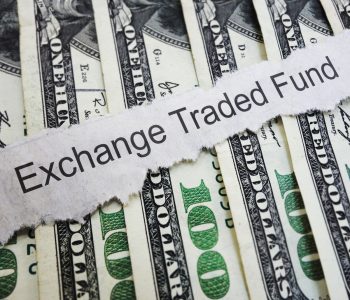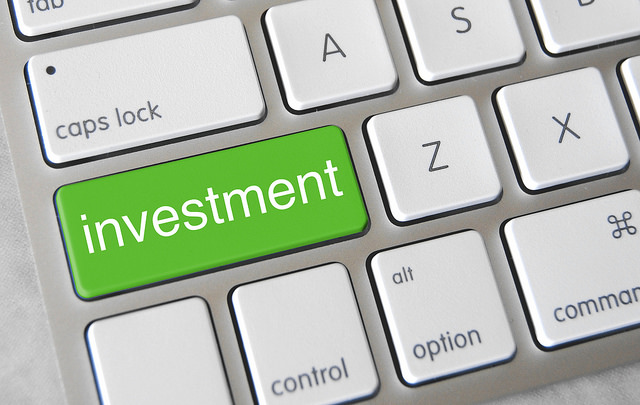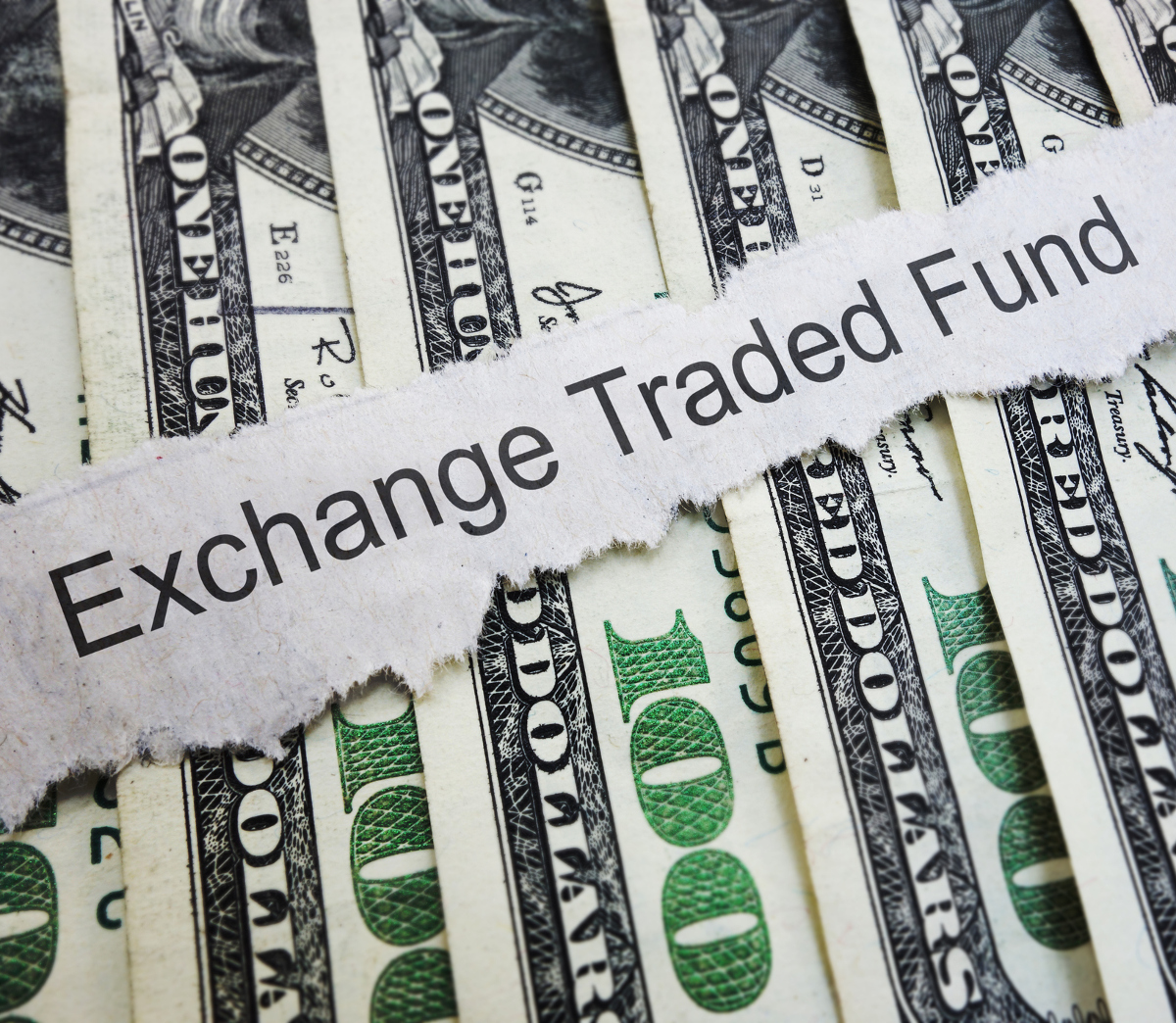7 Safe Dividend ETFs for 2017

Safe Dividend ETFs for 2017
Have you been in the marketplace looking for an investment that provides a steady stream of income? One that also protects the capital of your investment? Then an ETF might be the investment you’re looking for.
This article will go through the top seven safe ETFs to consider in 2017.
Included in the list will be income ETFs that pay a dividend on a monthly basis and others on a quarterly basis. The investments will be internationally based and some will focus on only the United States. Fixed-income investments, which are investments that typically get ignored by retail investors, also made the list.
If you are retired, saving for retirement, starting to invest in the market, or have years of experience, the list below could help greatly towards your bottom line. Let’s take a look at the best safe high dividend ETFs.
7 Best Safe ETFs List
| Sr.No | ETF Name | ETF Ticker |
| 1 | WisdomTree Total Dividend Fund | DTD |
| 2 | iShares S&P U.S. Preferred Stock Index Fund | PFF |
| 3 | PowerShares CEF Income Composite Portfolio | PCEF |
| 4 | iShares Barclays Aggregate Bond Fund | AGG |
| 5 | Vanguard High Dividend Yield ETF | VYM |
| 6 | Schwab Strategic Trust | SCHH |
| 7 | SPDR S&P International Dividend | DWX |
#1 WisdomTree Total Dividend Fund
Normally, dividend ETFs focus on one market size such as large-, middle-, or small-cap stocks. Normally, investors have to purchase three separate funds to get exposure to all three market cap sizes. However, WisdomTree Total Dividend Fund (ETF) (NYSEARCA:DTD) provides investment exposure to all three market size categories in one ETF.
The advantage of this investment strategy is that it offers a balanced approach to investing. All companies in the ETF that pay out a dividend offer lower daily volatility compared to the overall markets, a growing and predictable revenue, and strong internal financial discipline, regardless of their market size.
From an investment perspective, the balanced approach’s benefits are seen in the steady and reliable return towards the ETF from large-cap companies held. The small-cap companies will do the same but have more room to grow larger over time. This is based on numbers strictly; a company with a $200.0-billion market cap will have a much tougher time to double in size compared to a company with only a $1.0-billion market cap.
DTD tracks the price and yield performance of the WisdomTree U.S. Dividend Index; at least 95% of its assets are invested in this index.
In total, there are more than 800 companies held within DTD. The largest holding represents slightly more than three percent of the total investable capital. The top three sectors represented in DTD are the technology information sector, consumer staples, and financials, with only exposure to U.S. companies.
Some of the holdings within DTD include Apple Inc. (NASDAQ:AAPL), Best Buy Co. Inc. (NYSE:BBY), Fifth Third Bancorp (NASDAQ:FITB), and World Wrestling Entertainment, Inc. (NYSE:WWE). Since only dividend-paying stocks are held, the dividend is paid on a monthly basis to unitholders of DTD.
#2 iShares S&P U.S. Preferred Stock Index Fund
Many times, income investors will only focus on owning common shares because that is the only investable asset they know of. There is another method that provides lower daily volatility and at the same time earns a high income; preferred shares.
Preferred shares are listed higher on the corporate structure compared to common shares. For example, preferred shareholders get paid before any common shareholders receive their dividend. Preferred shares are similar to giving a loan to a company that comes with an interest rate paid to investors, a period of time that the money is returned to the investor, and a predetermined payout price.
Purchasing individual preferred shares as a retail investor can be very difficult because there are liquidity issues and the prospectus needs to be looked at in detail. To make it easy and remove any future headaches, iShares S&P US Pref Stock Idx Fnd (ETF) (NASDAQ:PFF) should be considered as one to own.
PFF tracks the results of the S&P U.S. Preferred Stock Index, which measures the performance of preferred shares trading on the New York Stock Exchange, NYSE ARCA, and the NASDAQ. At all times, the fund will invest at least 90% of its assets in the securities that make up the index. The remaining funds are invested in futures, options, swap contracts, and in cash investments.
In total, there are more than 250 preferred shares investments held and the dividend is paid on a monthly basis. The management expense ratio amounts to 0.47%, which simply means that on a $10,000 investment, $47.00 is paid in annual fees. Looking at the big picture, this is a very cheap method of getting exposure to many different preferred shares with one purchase.
Also Read:
7 Best Dividend Growth ETFs for 2017
5 Best ETFs That Pay a Monthly Dividend
#3 PowerShares CEF Income Composite Portfolio
PowerShrs CEF Income Cmpst Prtfl (NYSEARCA:PCEF) is a hybrid investment solution to investing in a mutual fund and ETF. The CEF in the name is referring to a closed-end fund, which means that more shares will never be issued. The advantage of owning PCEF ETF is that the management expense ratio is less than a mutual fund would have.
PCEF seeks to replicate the price and yield of the S-Network Composite Closed-End Fund Index. The portfolio managers ensure that a minimum 90% of total assets are invested in the underlying index. PCEF is a unique dividend ETF because it is labeled as a “fund of funds,” rather than owning individual securities. Only closed-end funds are held, which are taxable investment-grade fixed-income securities, taxable high-yield fixed-income, and earning an income through option writing. PCEF and the index are both rebalanced and reconstituted on a quarterly basis.
In total, there are more than 125 total holdings held, with the top three holdings represented by Eaton Vance Tax-Managed Global Dive Eq (NYSE:EXG), DoubleLine Income Solutions Fund (NYSE:DSL), and BlackRock Enhanced Dividend Achievers Tr (NYSE:BDJ).
When it comes to the safety of the investment, there is less risk than the overall markets, which is reflected in the 0.65 beta. This simply means that if the market fell by one percentage point, then the ETF should see an average decline of 0.65%. Also, there is a monthly dividend that is paid to all unit holders on record.
#4 iShares Barclays Aggregate Bond Fund
The bond market in the U.S. is approximately double the size of that seen in the equity market. The more surprising fact is that many retail investors do not have any exposure to this segment of the market.
There are many benefits that come with investing in the bond market, such as a steady and predictable payment stream for a predetermined time. Also, there is a lot less volatility that is seen when being compared to the equity market. Lastly, as an income investor, there could be times that equity investments would be ignored for the simple reason of not paying a dividend. There are bonds offered by the same companies that pay bond investors income from its profits. This would be a lower risk method of benefiting from the upside in growing businesses.

GotCredit/ Flickr
Similar to preferred shares as a retail investor, it is even more difficult to purchase bonds of a company. One hidden feature that a broker does not disclose up front is that purchasing a bond as a retail investor is very costly in commission cost. The result is that there is less money to invest in the bond. Also, many bonds have minimum dollar thresholds that must be met, which could be difficult as a retail investor.
One method of benefiting from such an investment and by passing hidden fees is by considering iShares Barclays Aggregate Bond Fund (NYSEARCA:AGG). There is a monthly dividend received, which is growing and the fees would only amount to 0.06%. This would translate into $6.00 for every $10,000 investment made into AGG. The fee would cover salaries paid to the portfolio managers, dues paid to the trading exchanges, and regulatory dues for compliance, to mention a few. When taking a step back, this sounds like such a great bargain for so many services.
AGG tracks the investment results of the Bloomberg Barclays U.S. Aggregate Bond Index. This includes holdings in U.S. Treasury bonds, government-backed and related bonds, corporate bonds, mortgage-backed investments, and asset-based securities. The fund at all times will invest at least 90% of the capital in the underlying benchmark index.
#5 Vanguard High Dividend Yield ETF
Vanguard High Dividend Yield ETF (NYSEARCA:VYM) seeks to track the performance of the FTSE High Dividend Yield Index. The index consists of common shares that pay a dividend generally higher than the average yield. The portfolio managers own the stocks in the same proportion as its weighting in the index.
VYM is one of the best retirement dividend ETFs that should be looked at as a potential investment. There are three reasons why this is the case, the first being that the dividend is growing as time passes. The companies held within VYM are increasing their payout, which then translates into the unit holders seeing the benefits. Over time, this results in seeing a higher dividend yield being accounted for when compared to the average purchase price.
The second reason is that very broad diversification is achieved with an investment in VYM. There are 10 different sectors represented in the holdings and the top three largest sectors owned is the consumer goods sector, technology, and financials.
The third reason would come down to the annual fee that would be paid to the portfolio management team. The current fee that is earned by Vanguard is 0.08% from all invested capital. From a $10,000 investment, the annual fee amounts to $8.00, which is not a big deal. I mention this because there are ETFs that do charge much higher management expense ratio rates such as 1.25% or 1.50%; the same investment would amount to $125.00 or $150.00 fee annually, which would have a great negative impact to the overall bottom line as an investor.
#6 Schwab Strategic Trust
One of the best dividend ETFs to hold is Schwab Strategic Trust (NYSEARCA:SCHH), which is a pure play on the real estate sector. The underlying index is the Dow Jones U.S. Select REIT Index. The fund at a minimum will invest $9.00 out of every $10.00 in the securities within the index.
SCHH stock should be held because of the high correlation to generating of wealth. There are two forms that returns are witnessed which include capital appreciation and steady rental income from the tenants. The benefit of such an investment is that there is no need to run and manage the properties. Rather, an investment is made and there is cash flow being received through the dividend.

iStock.com/stevanovicigor
In total, there are more than 100 real estate companies held within SCHH. This, then, would mean there are thousands of properties held through this one ETF. The top three holdings within SCHH include Simon Property Group Inc (NYSE:SPG), Prologis Inc (NYSE:PLD), and Public Storage (NYSE:PSA).
The dividend is paid out to unit holders of SCHH every three months and a growing payout as time goes on.
#7 SPDR S&P International Dividend
If you are looking for income and international exposure, then SPDR S&P International Dividend (ETF) (NYSEARCA:DWX) would be a great investment to consider. DWX uses the S&P International Dividend Opportunities Index as its benchmark index, which is designed to measure the performance of high-yielding international common shares. At times, all the investable capital of DWX will be invested in the companies that make up the index or at a minimum $8.00 out of every $10.00.
There are normally about 100 stocks held at a time in DWX, which adds to the diversification of the investment. Another benefit is that there is a professional management team assessing investments from around the world, which is a time saver. This is mentioned because evaluating investments from around the world requires more due diligence on account of country-specific risks and government regulations.
DWX gives investors exposure to regions around the world including Asia, Europe, and Africa. It excludes exposure to the United States and South America. There is a cap limit of investing in one sector or geographic region, which is 25%.
Approximately 50% of all the capital within DWX is invested in utilities, financial services, and industrials. Investments are only made into large-cap companies such as BCE Inc. (TSE:BCE), Swiss Re AG (VTX:SREN), and Westpac Banking Corp (ASX:WBC).
Also Read:
Best Technology ETFs to Watch in 2017











